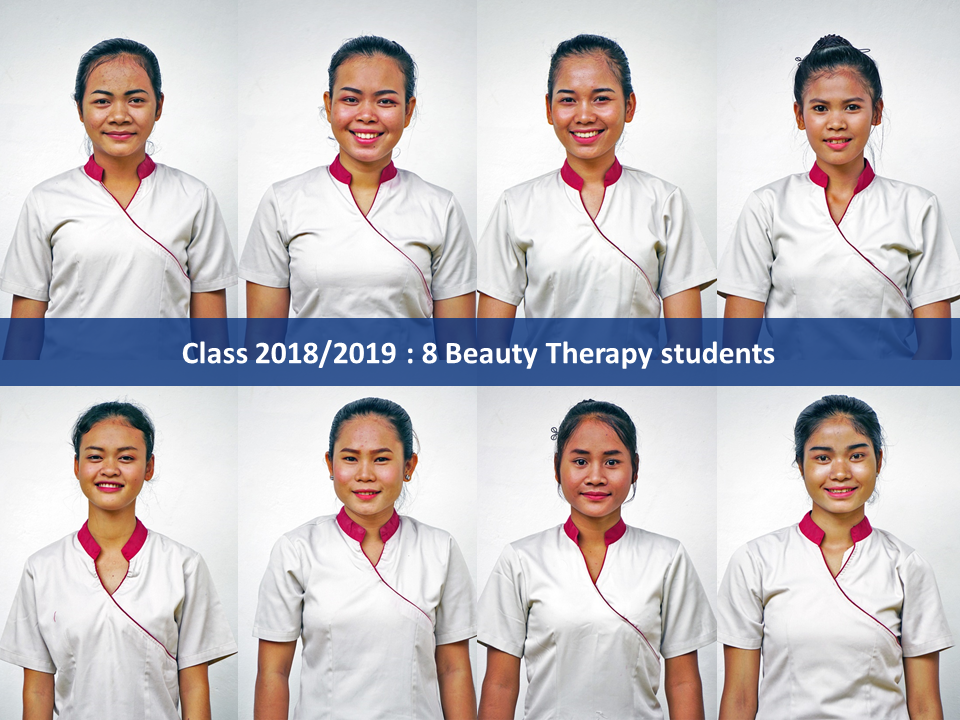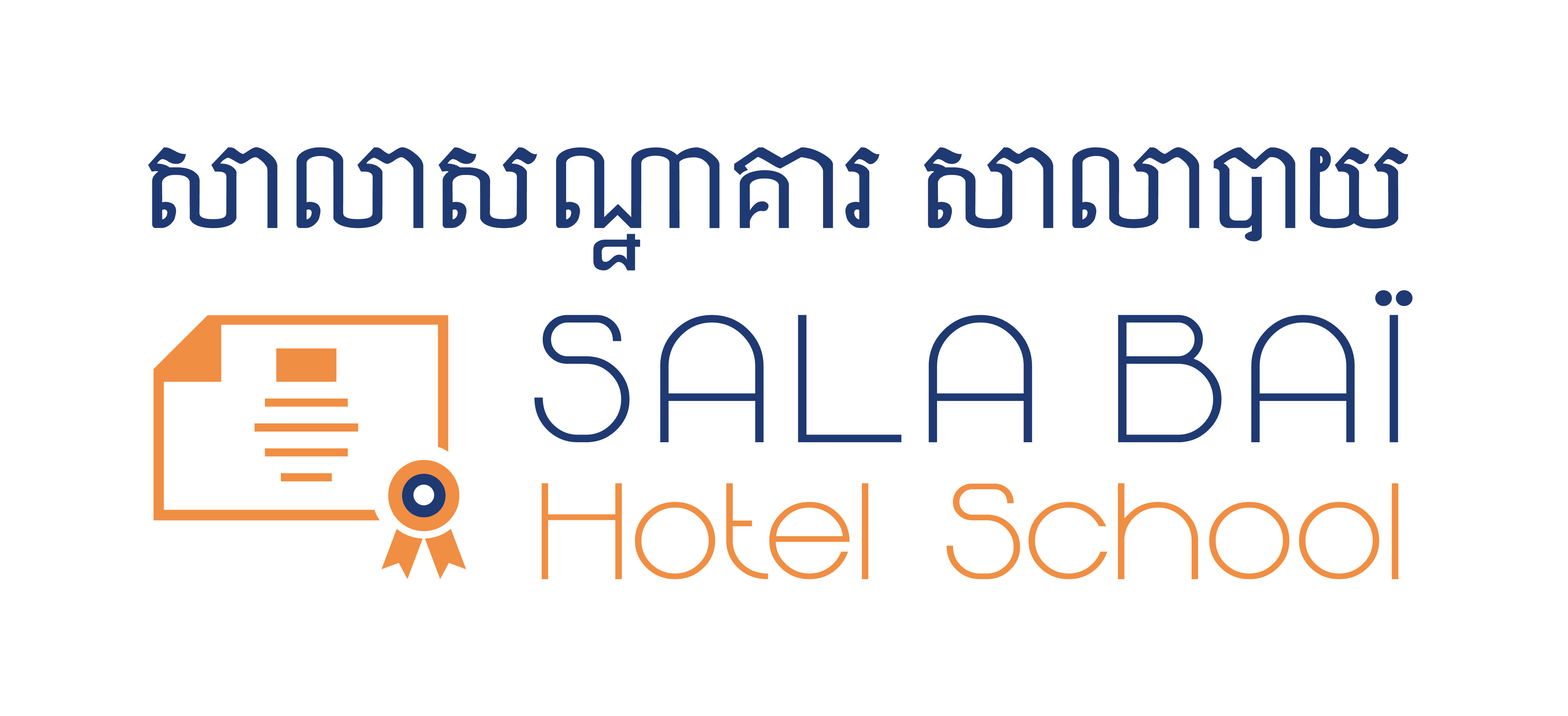During the family visits, the social workers will be making a special effort to explain one of our disciplines that is not yet fully understood but which presents a wealth of opportunities: the Beauty Therapy training course.
Introduced in 2015, the Beauty Therapy department has trained eight students every year and this number will soon be increased to ten. This course was added to the four existing courses (Cooking, Restaurant, Front Office and Housekeeping) in order to meet the growing needs of the luxury hotel industry. Although massage is part of Cambodian culture, the beauty salons of large hotels require qualified staff with skills that meet international standards. Moreover, given the massive boom in tourism (Cambodia welcomed 701,000 tourists in 2003 and over 5.6 million in 2017 according to an October 2018 report by the Ministry of Tourism), the number of clients has increased dramatically.
Agir pour le Cambodge has received valuable support from Sisley d’Ornano foundation in defining the content of the course. Like the other Sala Baï training courses, this course combines theory of anatomy with hands-on training in the school’s training salon and during internships (two 2-month internships) at one of the school’s partner hotels, in order to prepare students for all aspects of their future professions. During the training period spent at the school, the future beauty therapists learn various disciplines such as traditional Khmer massage, aromatherapy, reflexology and others. On completion of the course, they’ll be hired within a month of graduating, just like the other students, but will be paid a higher salary.

This course has clear advantages for students in terms of work-place integration and career development. They’ll be able to access positions of responsibility more quickly and even set up their own businesses. Opening or buying a beauty salon costs a lot less than taking over a restaurant or a hotel.
However, there are still certain connotations associated with the beauty therapy profession which is why, over two months, the social workers will be explaining to families, one by one and with the help of photographs and visuals, what this profession entails on a day-to-day basis and what its future prospects are.

